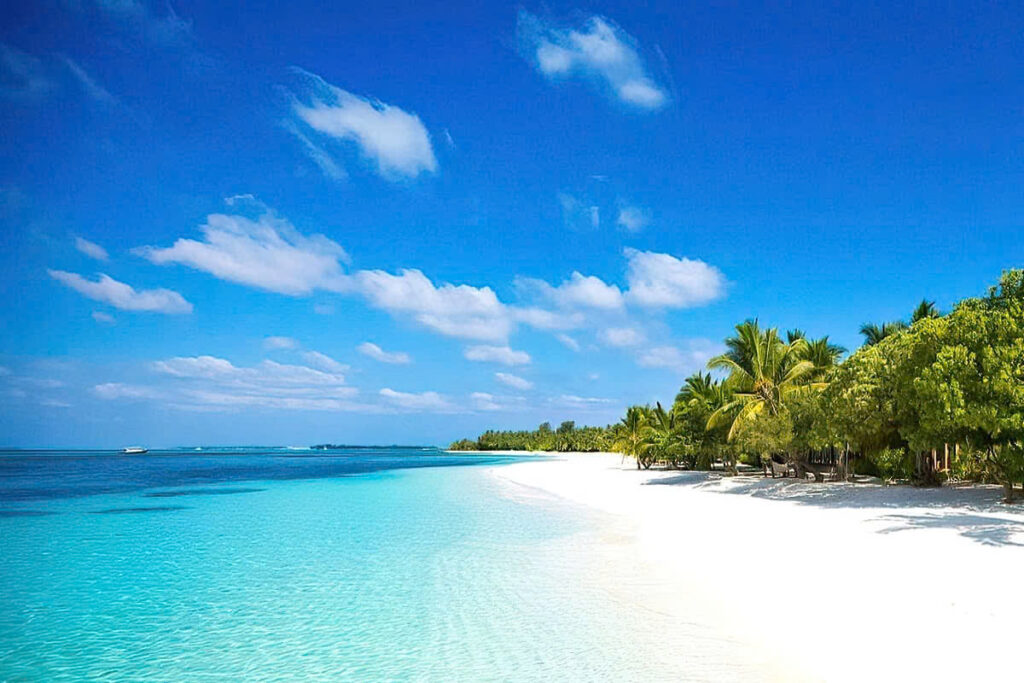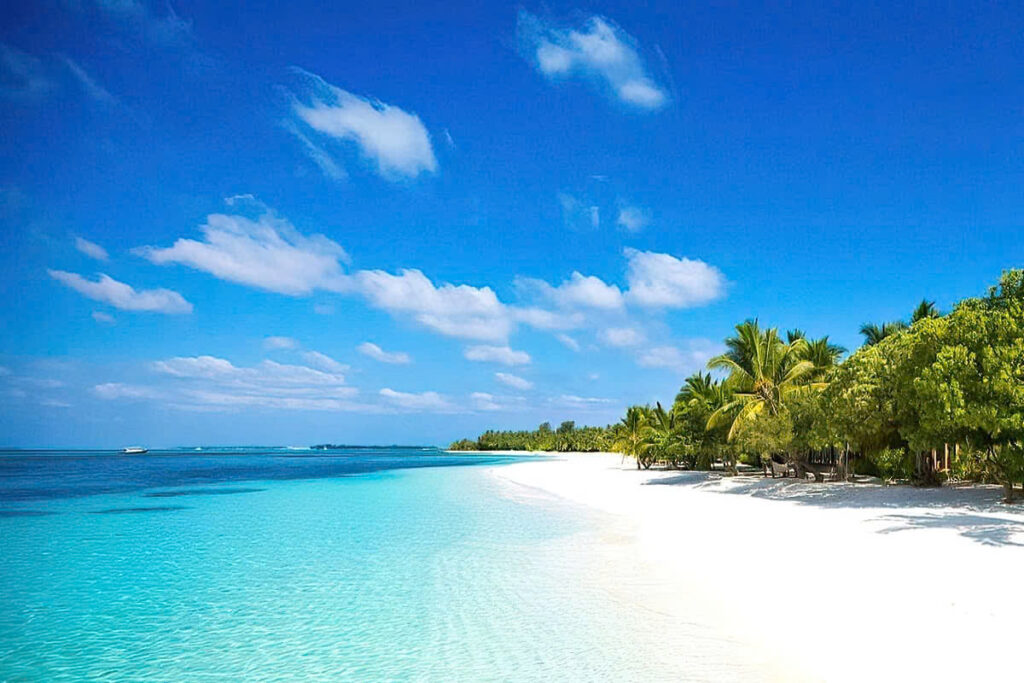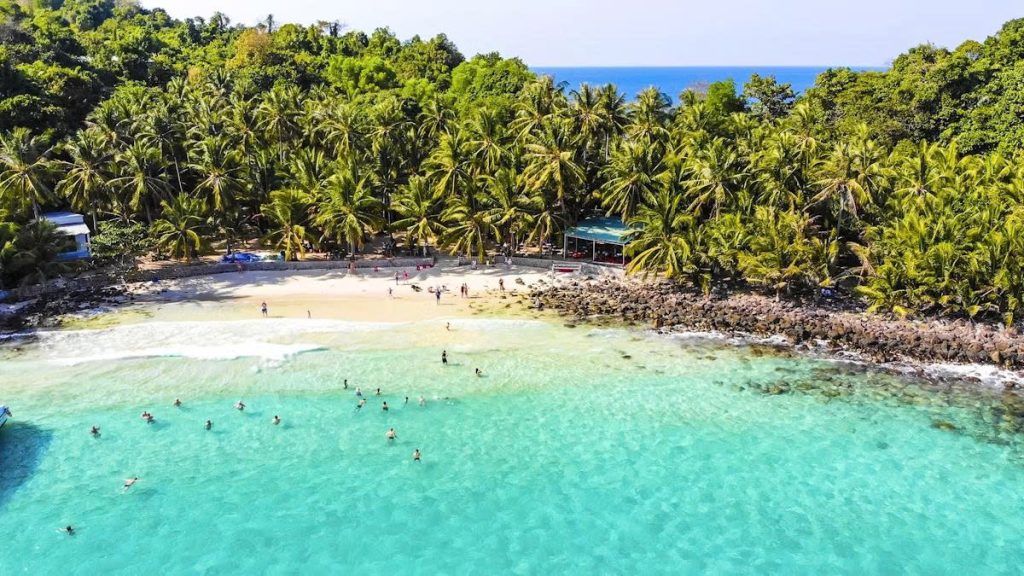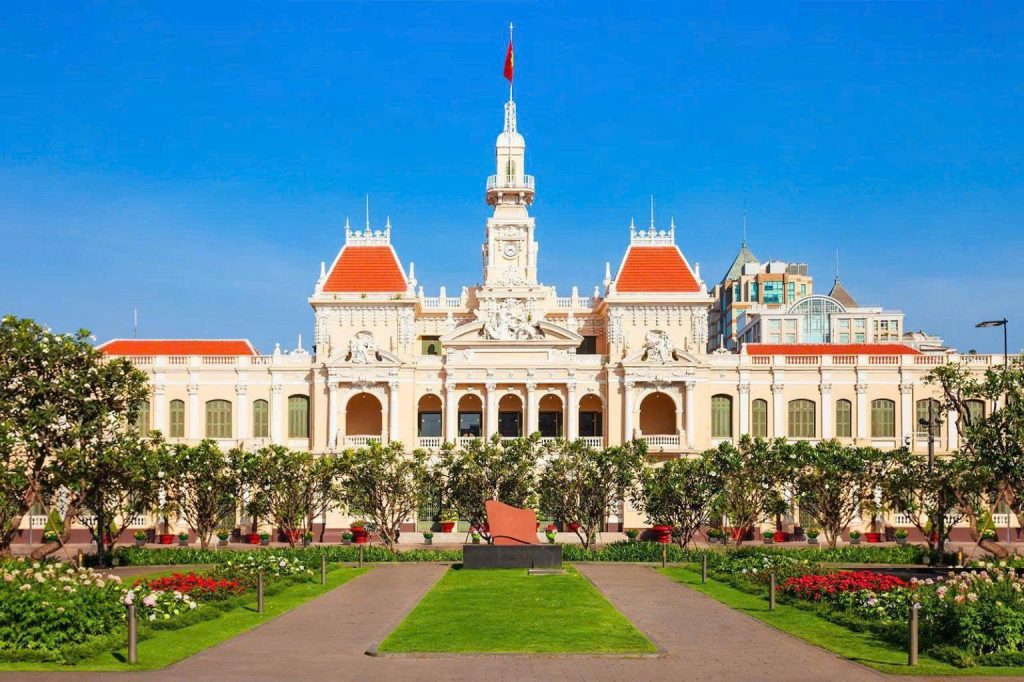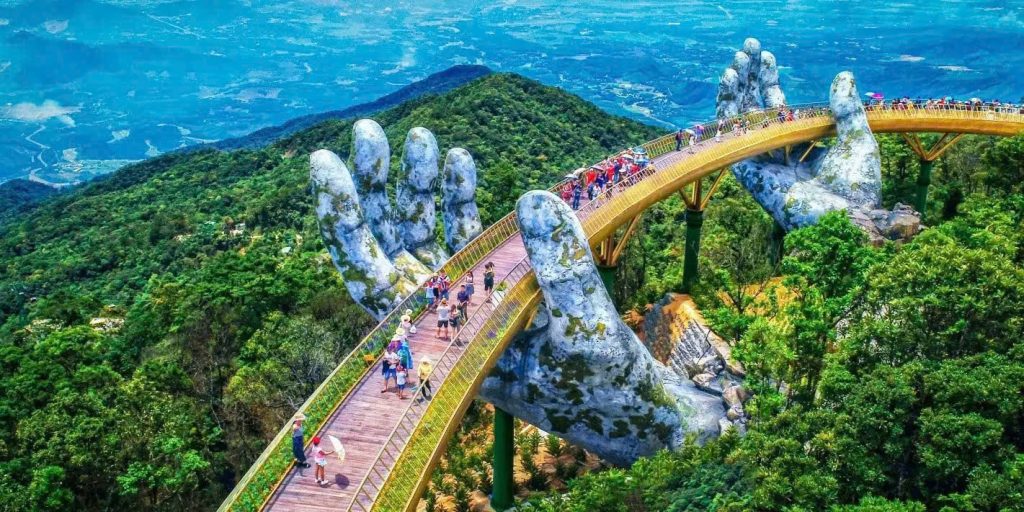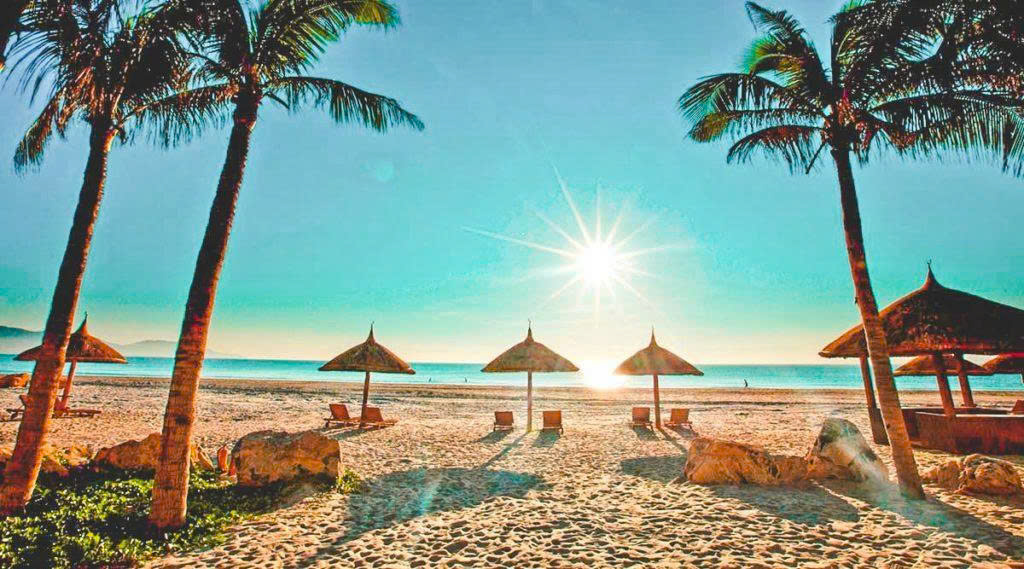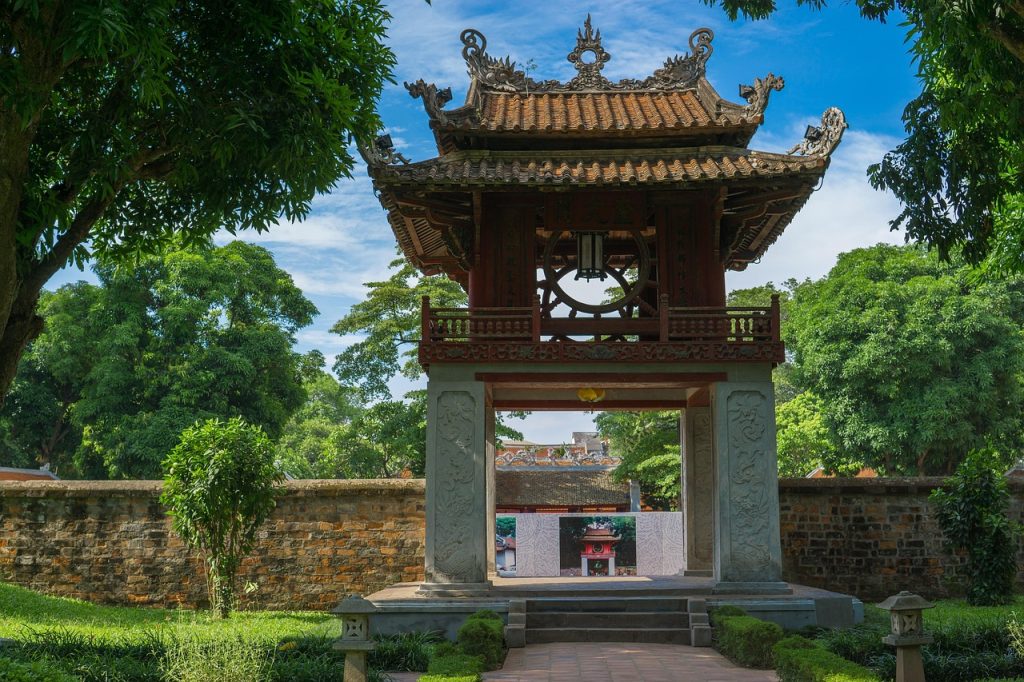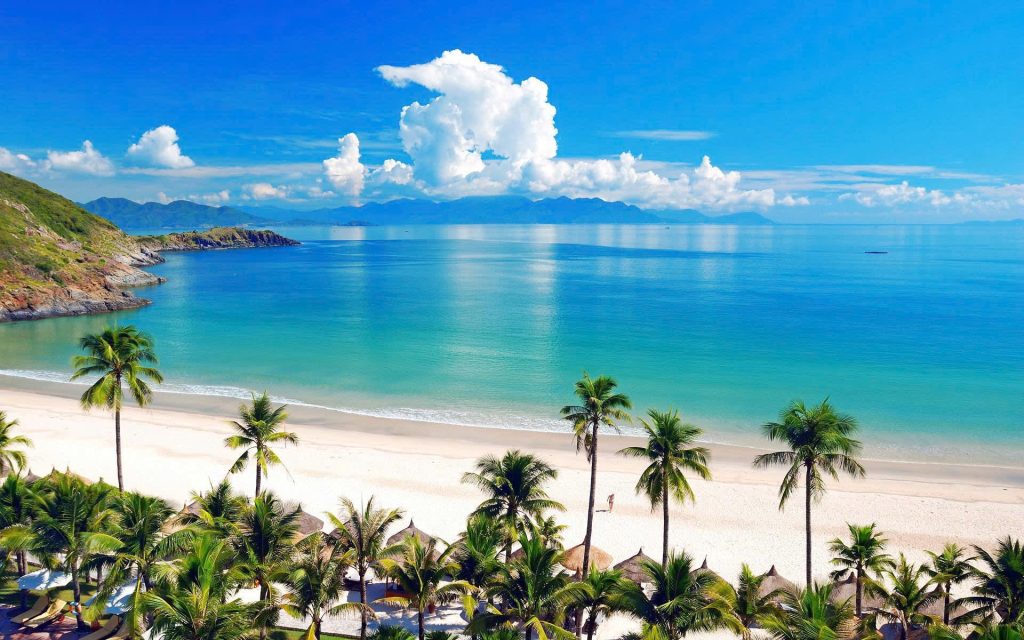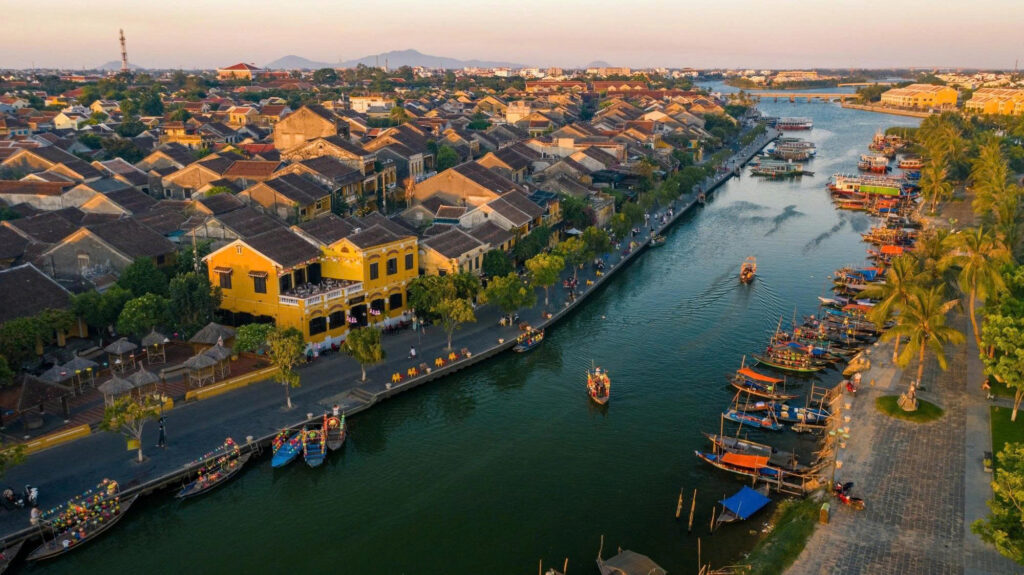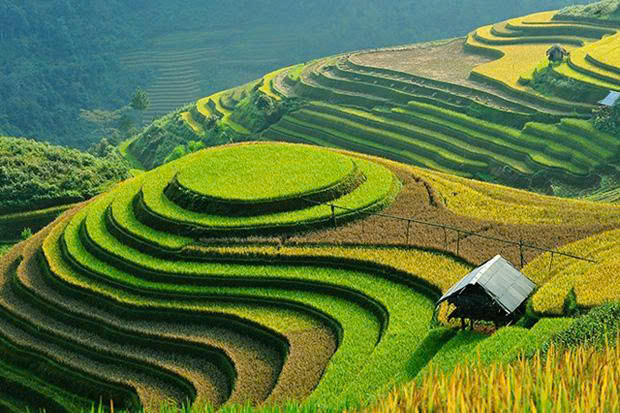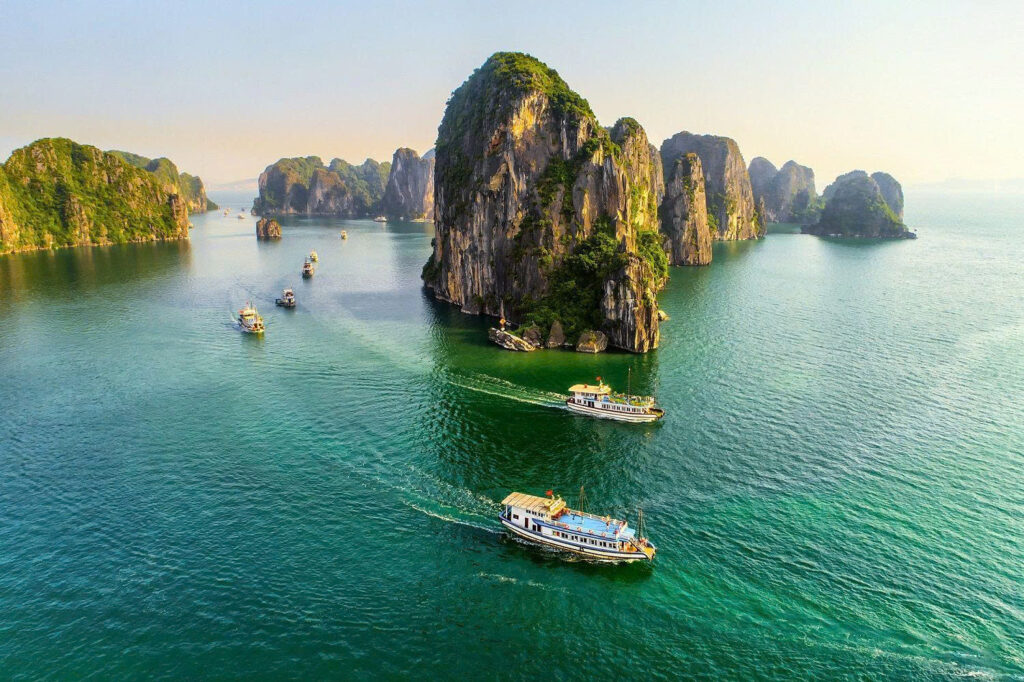Welcome to the incredible country of Vietnam! A journey through this diverse nation is an unforgettable experience, from the bustling cities and ancient history to the stunning natural landscapes and world-renowned Vietnamese cuisine. If you have around two weeks (14 days), you’re in for a treat – it’s a fantastic amount of time to see many of the major highlights, traveling from North to South or vice versa.
This guide provides a detailed, realistic Vietnam itinerary for 2 weeks, helping you plan your perfect trip efficiently while soaking in the rich culture and breathtaking scenery.
1. Recommended 2-Week Vietnam Journey: The North to South Route
This itinerary is a popular choice as it offers a logical flow, allowing you to experience the distinct character of each region as you move south.
- Note: This is a suggested pace; feel free to adjust based on your interests!
2. Northern Vietnam: Culture, History & Natural Wonders (Days 1-6)
Day 1-3: Hanoi – The Vibrant Capital.
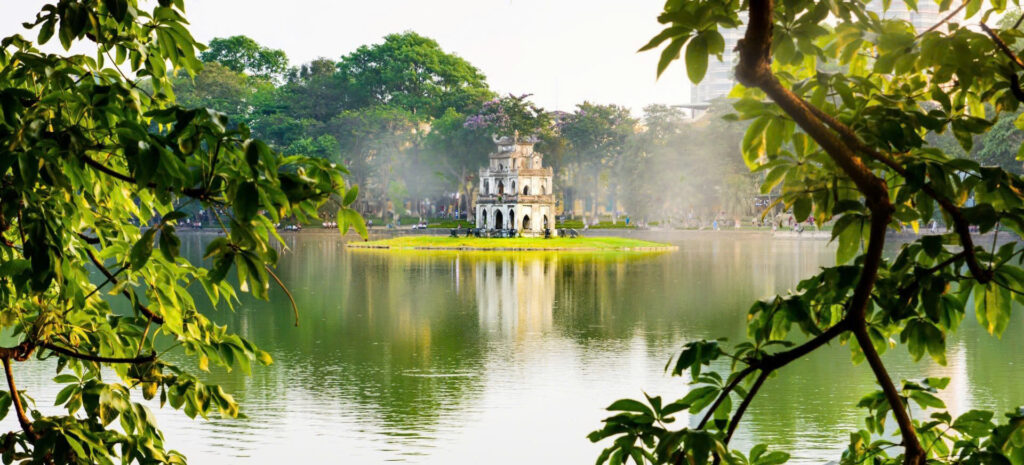
Your Vietnam adventure begins in Hanoi, the capital city steeped in history and tradition. Arrive at Noi Bai International Airport (HAN) and transfer to your accommodation, ideally in the bustling Old Quarter for easy exploration.
Spend three days immersing yourself in Hanoi’s charm:
- Wander around Hoan Kiem Lake, and visit Ngoc Son Temple.
- Get lost (in a good way!) in the narrow streets of the Old Quarter, sampling delicious street food (Pho, Bun Cha, Egg Coffee).
- Visit the historical Temple of Literature, Vietnam’s first university.
- Catch a traditional Water Puppet Show.
- Discover the historical significance of the French Quarter, and the infamous Hoa Lo Prison.
Day 4-5: Ha Long Bay (or Lan Ha Bay) – Limestone Karst Magic
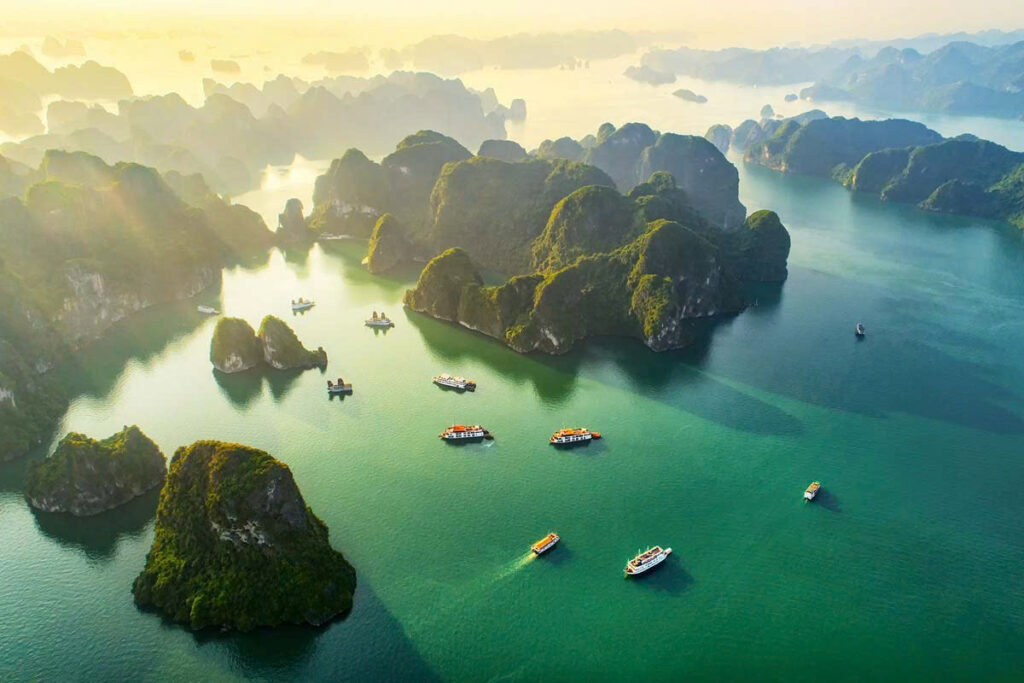
From Hanoi, take a scenic drive (approx. 2.5-3.5 hours) to the coast for an overnight cruise on the legendary Ha Long Bay or the less crowded Lan Ha Bay.
- Enjoy a boat journey surrounded by thousands of striking limestone peaks.
- Participate in activities like kayaking, swimming, and visiting caves (Sung Sot Cave ).
- Savour fresh seafood meals on board.
- Return to the harbour on Day 5 and transfer back towards Hanoi or directly towards your next major destination.
Day 6: Ninh Binh – Inland Beauty (Optional detour)
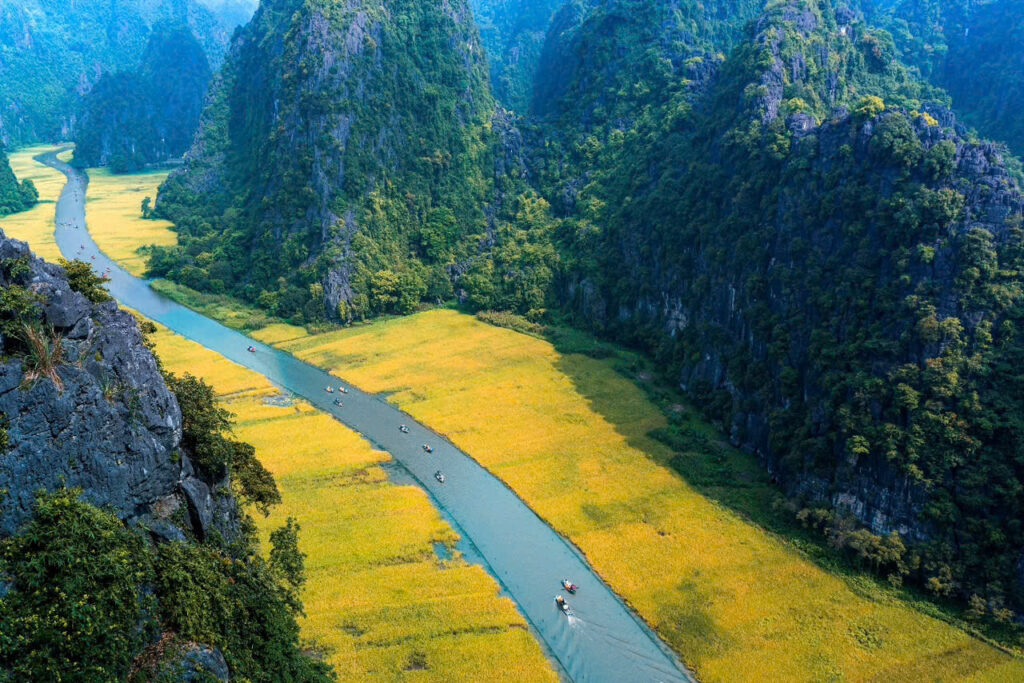
Instead of heading straight back to Hanoi, consider a stop in Ninh Binh, often called “Ha Long Bay on land.”
- Take a boat trip through the karst landscapes of Tam Coc, or Trang An.
- Climb to the viewpoint at Mua Caves for panoramic views.
- Visit the ancient capital of Hoa Lu.
- In the evening, take an overnight train from Hanoi (or a flight from Hanoi) towards Central Vietnam.
3. Central Vietnam: History, Charm & Coast (Days 7-11)
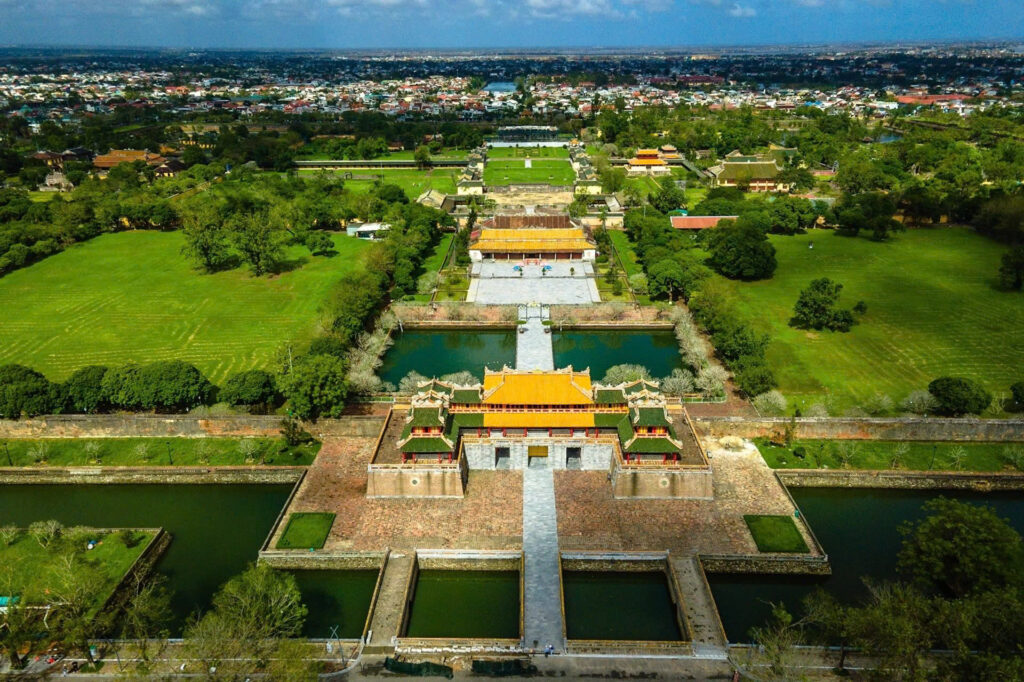
Days 7-8: Hue – Exploring the Imperial City’s Heritage. Arrive in Hue, the city that once served as Vietnam’s imperial capital. It boasts a rich collection of historical attractions and sites.
- Discover the scale of the Imperial City, and explore the area known as the Forbidden Purple City within its walls.
- Pay a visit to the magnificent Royal Tombs, including the notable Tomb of Khai Dinh, and Tomb of Tu Duc.
- Enjoy a scenic boat ride along the Perfume River, making a stop to visit the iconic Thien Mu Pagoda.
- Sample the refined Hue cuisine.
Day 9-11: Da Nang Beach city and Hoi An – Ancient Town Charm
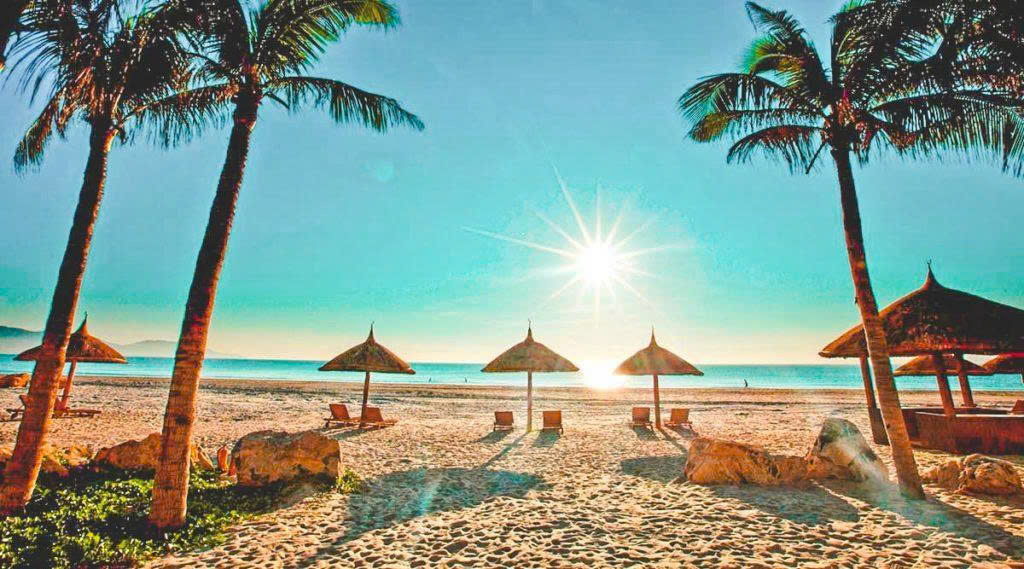
Embark on a journey to discover the beautiful coastal city of Da Nang, with its stunning beaches and modern vibe. Just a short distance away, immerse yourself in the nostalgic charm of Hoi An’s ancient streets, filled with colorful lanterns and historical architecture. This contrast offers a truly captivating experience of Vietnam’s central coast
- My Khe Beach: A long stretch of golden sand known for its gentle waves and scenic sunrise views.
- Ba Na Hills: A mountaintop resort offering French colonial architecture, a famous Golden Bridge held by giant hands, and amusement park rides
- Dragon Bridge: An iconic bridge that spans the Han River and breathes fire and water during weekend shows
- Marble Mountains: A cluster of five limestone hills, each named after a different element, with caves, pagodas, and panoramic city views.
- Son Tra Peninsula (Monkey Mountain): A nature reserve with lush forests, diverse wildlife (including the red-shanked douc langur), and the towering Lady Buddha statue.
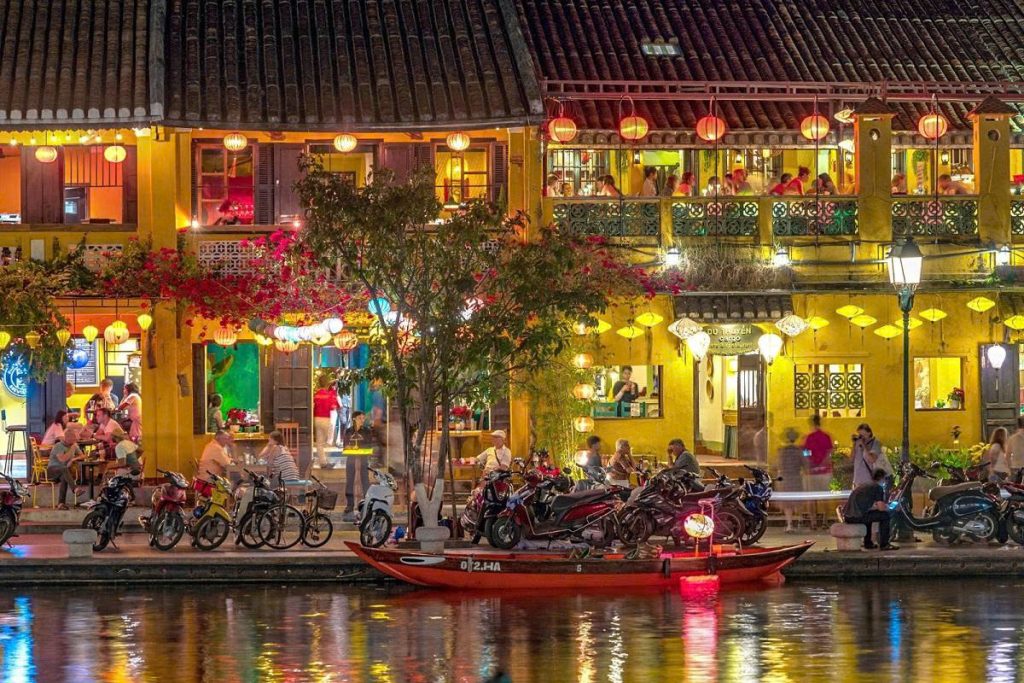
- Stroll through the remarkably well-preserved Hoi An Ancient Town appreciating its unique architecture and the renowned Japanese Covered Bridge.
- Get some custom-made clothes from one of Hoi An’s many tailors.
- Cycle to the nearby An Bang Beach for relaxation.
- Consider a half-day trip to the ancient ruins of My Son Sanctuary
- From Da Nang, fly to Ho Chi Minh City for the final leg of your trip.
4. Southern Vietnam: Bustle, History & The Delta (Days 12-14)

Days 12-13: Ho Chi Minh City (Saigon) – Bustling Southern Hub. Your journey brings you flying into Tan Son Nhat International Airport (SGN) situated within Ho Chi Minh City, famously known by its former name, Saigon. This city is the economic heart of Vietnam and has a very different energy from Hanoi.
- Visit historical landmarks like the War Remnants Museum, Independence Palace, Notre Dame Cathedral, and Central Post Office.
- Explore Ben Thanh Market or the vibrant Bui Vien Walking Street.
- Take a half-day trip to the Cu Chi Tunnels, an impressive underground network used during the war.
- Indulge in the diverse street food scene (Banh Mi, Vietnamese Iced Coffee).
Day 14. Mekong Delta Day Trip or Departure
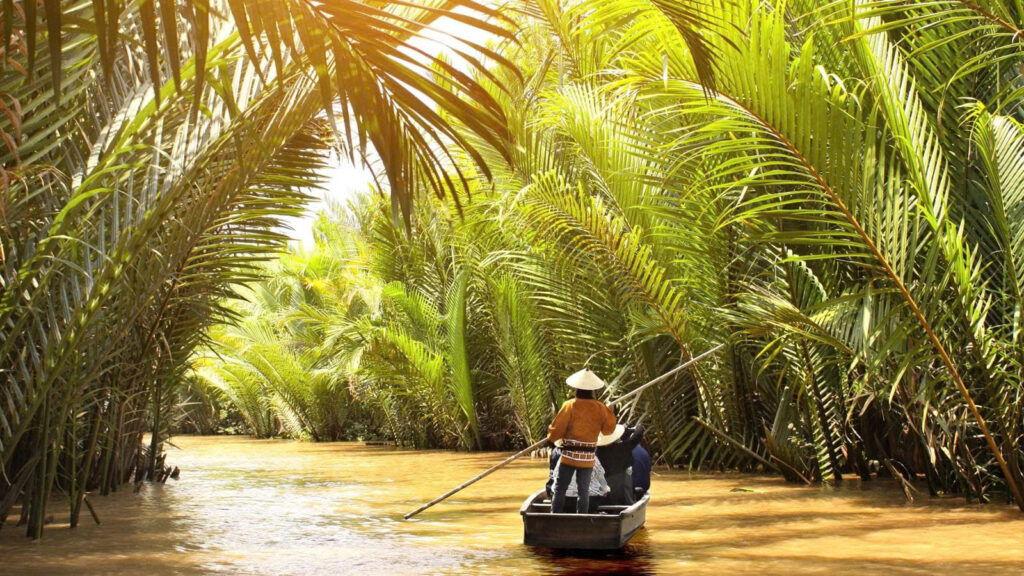
Depending on your flight schedule, you can take a day trip to the Mekong Delta to see the floating markets (Cai Rang Floating Market) and local life along the river, or use the day for last-minute souvenir shopping and relaxation before heading to the airport for your departure.
Planning Essentials for Your 2-Week Vietnam Trip
Getting a head start on planning makes the trip much smoother.
Visa Requirements: Visa rules vary significantly by nationality. Always consult the official Vietnamese government website or your nearest Vietnamese embassy/consulate to confirm entry requirements well in advance of your travel dates. Many nationalities can apply for an E-visa online, which is often the simplest method for a stay up to 90 days. Some are also eligible for visa exemption for shorter stays.
Best time to visit Vietnam
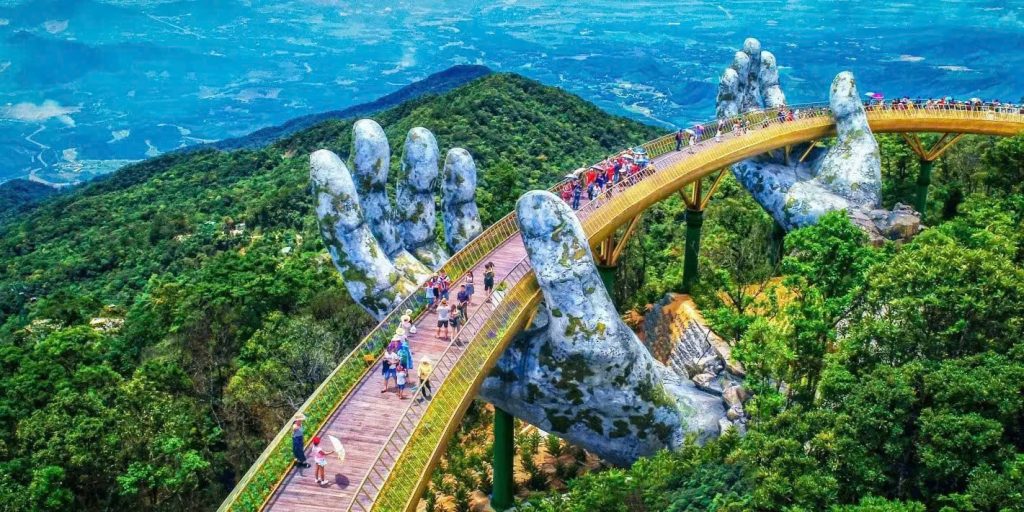
- North: Pleasant in Spring (Feb-Apr) and Autumn (Sep-Nov). Temperatures are high with plenty of rain in summer; in winter, it becomes cold and dry.
- Central: Dry season from Feb to Aug. Rainy season is Sep to Jan, with potential for typhoons from Oct-Nov.
- South: Dry season from Dec to Apr. Rainy season from May to Nov (showers often brief). March, April, October, and November are generally good months to visit all three regions.
Estimated Budget for 2 Weeks Costs vary based on your travel style (budget, mid-range, luxury), accommodation choices, activities, and how you travel between cities. Excluding international flights, a rough estimate per person for 14 days could be:
- Budget: $600 – $900 USD
- Mid-Range: $1000 – $1800 USD
- Luxury: $2000+ USD This covers domestic transport, accommodation, food, activities, and some buffer.
Getting Around: Domestic Travel Options
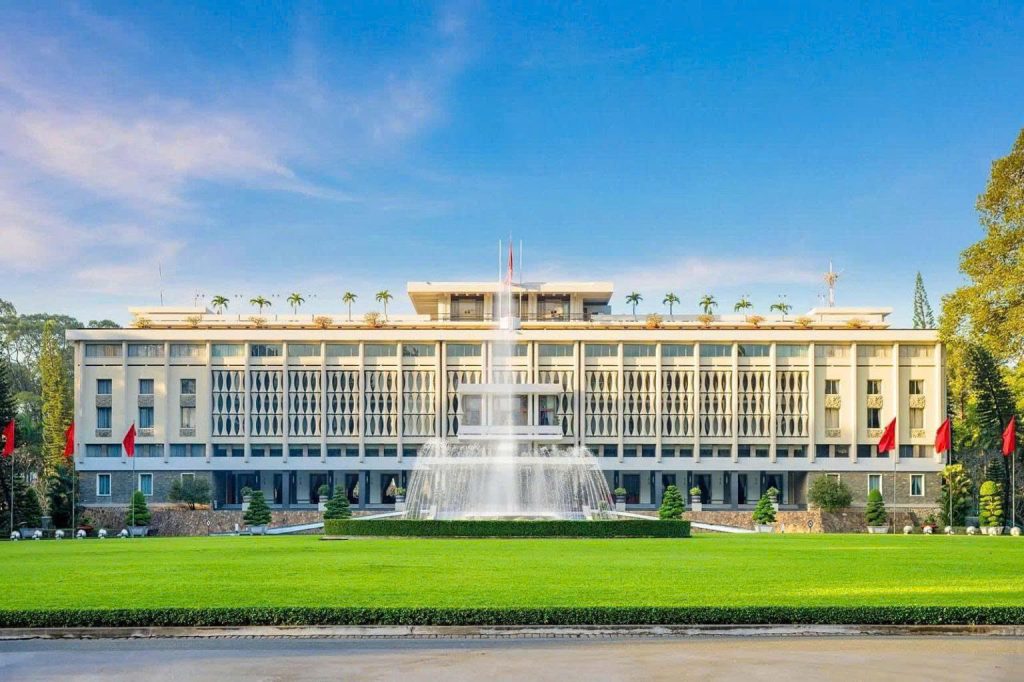
- Flights: Fastest for long distances (Hanoi-Da Nang, Da Nang/Hue-HCMC). Airlines include Vietnam Airlines, VietJet Air, Bamboo Airways.
- Trains: A scenic way to travel along the coast, especially the overnight Reunification Express for longer hauls (e.g., Hanoi-Hue/Da Nang).
- Buses: Cheapest option, good for shorter distances, but can be less comfortable or reliable for long journeys.
- Local Transport: Taxis (use reputable companies like Xanh SM, Grab, Mai Linh or Vinasun), ride-sharing apps (Xanh SM, Grab – Entity for cars and motorbikes) are common in cities.
Packing Tips Pack light, breathable clothing suitable for a tropical climate. Include modest clothing for visiting temples and pagodas. Bring comfortable walking shoes. Don’t forget a universal adapter, power bank, basic first-aid kit, and insect repellent. A rain jacket or umbrella is wise depending on the season.
RELATED: Best Time to Visit Vietnam 2025: Weather by Month & Travel Tips
Customizing Your 2-Week Itinerary
Focus on North/South Only: If you prefer a slower pace or have specific interests, spend more time in one or two regions rather than rushing through all three.
Add Beach Time: If you’re a beach lover, swap a historical city or inland trip for a few days relaxing on the beautiful beaches of Phu Quoc Island, Nha Trang, or Mui Ne.
Adventure or Food Focus: Tailor activities to your passion – add more trekking around Sapa, include a motorbike loop, or sign up for multiple cooking and food tours.
RELATED: Vietnam Travel Guide 2025 & 2026: Visa, Costs, and Essential Tips
Vietnam provides a rich blend of experiences over a two-week journey, featuring the deep history of Hanoi, the imperial grandeur of Hue, the enchanting ambiance of Hoi An, and the dynamic spirit of Ho Chi Minh City .By following a well-planned itinerary like this and keeping these tips in mind, you’re set for an unforgettable adventure exploring the very best of what Vietnam has to offer in 14 days.

